
Shavuot, Ruth, and Mashiach
How can we look forward to the Messianic Era without knowing what it entails? We therefore read Megillat Ruth on Shavuot, which tells about the initial seeds of Moshiach...
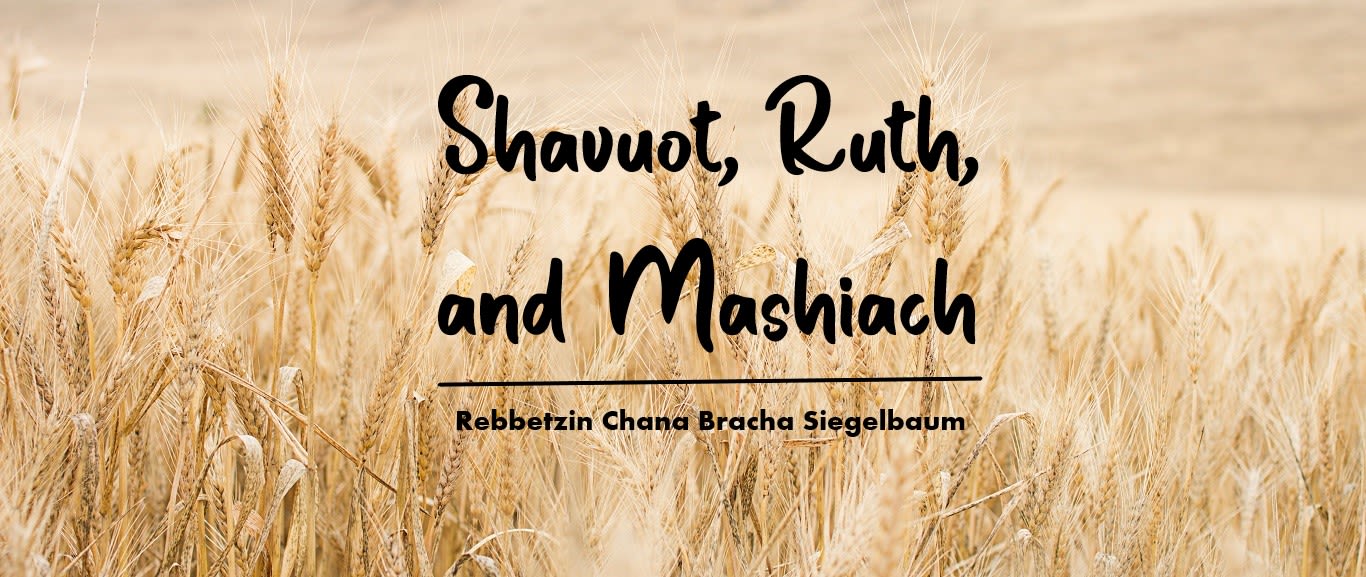
The Torah of Mashiach
The connection between Megillat Ruth and Shavuot is that King David, Ruth’s great grandson, who integrated Torah to the very essence of his being, was born and passed away on Shavuot. There are three crowns in the world: The crown of Kehuna (Priesthood), the crown of Kingship, and the crown of Torah. King David only received the crown of Kingship for the sake of his Torah, since the Jewish kingdom must be based on the Torah to the highest degree. Therefore, at Shavuot – the time of the giving of the Torah – we read the Scroll of Ruth, culminating in David’s genealogy, in order to elucidate that the reason David merited kingdom was only by means of the crown of his Torah. Likewise, Mashiach – a direct descendant of King David – will reflect the Kingdom of G-d on earth through his deepest integration of the Torah within our physical world.
We are supposed to look forward to the Messianic era, and the elevated consciousness it will bring when “The land will be full of the knowledge of G-d.” However, it is hard for us to imagine what this G-d consciousness entails. How can we look forward to something without knowing what exactly it entails? Therefore, we read Megillat Ruth about the birth of King David, the sprout of Mashiach, to help us connect the spiritual experience of  the Torah Revelation with the future elevated G-d-consciousness, which we will soon experience at the advent of King Mashiach. By means of our collective memory of the spiritual pleasure that we experienced at Mount Sinai, we have a model for what we are looking forward to with the arrival of the Mashiach.
the Torah Revelation with the future elevated G-d-consciousness, which we will soon experience at the advent of King Mashiach. By means of our collective memory of the spiritual pleasure that we experienced at Mount Sinai, we have a model for what we are looking forward to with the arrival of the Mashiach.
Receiving the Torah goes together with prayer, as the purpose of prayer is to become a vessel to receive Divine influence. Therefore, on Shavuot, we sacrifice two loaves of bread corresponding to Torah and tefillah. the holy “Sefat Emmet” of Gur explains, that we read Megillat Ruth on Shavuot in order to connect Torah with tefillah – prayer – which together constitute the complete reception of the Torah “We will do and we will hear.” Torah – which we receive from above corresponds to hearing, whereas prayer – initiated by us corresponds to doing. Prayer is also the aspect of “deed,” because the action of donning tzitzit, tefillin and giving tzedaka (charity) precedes it.
Because we blemished deed on the sixth of Sivan, which corresponds to hearing, we need to repent by means of prayer during Shavuot. Therefore, it is customary to recite the entire prayerful tehillim on Shavuot. To illustrate an example from the Scroll of Ruth, the deeds of Ruth and Boaz were the preparation for Oved, their son, whose name means “to worship.” Their deeds are compared to the tzedaka and tzitzit preceding prayer.
Two women gave over their soul for the sake of the tribe of Yehuda, Tamar and Ruth. Tamar would cry out, “Let me not go out empty-handed from this house,” Ruth, whenever her mother-in- law told her “Go my daughter” she would cry, as it states “They lifted their voice and they cried more.” (Megillat Ruth 1:14,Midrash Zuta, Ruth, parasha 1).
Why according to the Midrash does “They lifted their voice and cried” refer to Ruth alone? Didn’t both Ruth and Orpah cry? A close reading of the text reveals that although tears streaked both of the sisters’ faces, actually only one of them cried from her heart, while the other dropped crocodile tears. Alshich notices that the Hebrew word “ותשנה” in “lifting their voice in crying” is missing the alef. This alludes to the fact that one of them did not truly lift her voice in prayerful crying. Orpah’s crying was very short-lived, and only lasted two seconds until she kissed her mother-in-law goodbye, as written in the continuation of the verse. Yet, Ruth’s cry came from the depths of her being, reverberating in the heart of “the sweet singer of Israel,” David, who beseeched G-d through his Tehillim, when he cried out: “From the depths I called out to you G-d.” As a result of Ruth’s heartfelt crying, David was able to testify about himself : “I am prayer.”
The entire tribe of Yehuda, to which David belonged, is known for the power of their prayer, as it states: “This is the blessing of Yehuda, and he said, ‘Hear, G-d, the voice of Yehuda…’” The name Yehuda itself means: “to praise” which is the peak of prayer. We can understand why Elimelech – from the tribe of Yehuda – was punished so severely for deserting his people during the time of famine, as the role of the tribe of Yehuda is to precede their prayer for Israel with acts of kindness and tzedaka. Moreover, Elimelech corresponds to the letter yud in G-d’s name, which also alludes to the hand that gives. Finally, the quintessence of kingdom is to be a channel for Divine influence in the world, as kingdom has nothing on its own. Through deeds of tzedaka and kindness to Ruth, Boaz – also from the tribe of Yehuda – merited to rectify Elimelech and build the kingdom in Israel.
Rabbi Zimlai expounded, “The Torah begins and ends with bestowing kindness. Its beginning is the bestowal of kindness as it states, ‘G-d the Almighty made for man and his wife coats of skin and clothed them.’” Its end is bestowal of kindness as it states,“He buried him…” [Moshe]. (Devarim 34:6, Babylonian Talmud, Sota 14a).
G-d’s purpose in creation was to bestow of His good to another. The Torah which is the blueprint of creation therefore reflects chesed (kindness), its highest purpose. The scroll of Ruth, likewise, centers around chesed which is mentioned three times in connection with Hashem’s blessing.
…“May G-d do kindness to you…” Rabbi Seira said, “This scroll does neither contain [laws of] impurity nor laws of purity, neither prohibitions nor permissions. Why was it written? To teach how great is the reward for those who bestow kindness.” (Midrash Rabah, Ruth 2:14).
In the beginning of the Megillah we are introduced to Elimelech and his family, who left the Land of Israel during the famine, without sharing their wealth and bestowing kindness upon their fellow Jews. They deserted to the Land of Moav, which was known for its lack of kindness. It was there that Elimelech and his sons eventually met their death. Ruth, Machlon’s widow rectified Elimelech’s family’s lack of chesed. Although she descended from the Moabite people, who were the antithesis to Israel, in their lack of chesed, Ruth was the precious hidden pearl redeemed from the refuses of Sodom. All her deeds were beyond the letter of the law. In her self-effacing kindness to sustain her mother-in-law both physically and spiritually, by restoring the soul of her lost son, she embodies G-d’s ultimate chesed manifested in the Torah. We, therefore, read Megillat Ruth on Shavuot to remind us of the central role of chesed within the Torah – also called the Torah of Kindness.
* * *
Rebbetzin Chana Bracha Siegelbaum is Founder and Director of Midreshet B’erot Bat Ayin: Holistic Torah for Women on the Land Rebbetzin Chana Bracha creates curricula emphasizing women’s spiritual empowerment through traditional Torah values. She published Women at the Crossroads: A Woman’s Perspective on the Weekly Torah Portion. Chana Bracha practices Emunahealing as a gifted spiritual healer through Emuna, tefila and energy work. This article is part of an e-book, to order the full e-book, email berot@berotbatayin.org


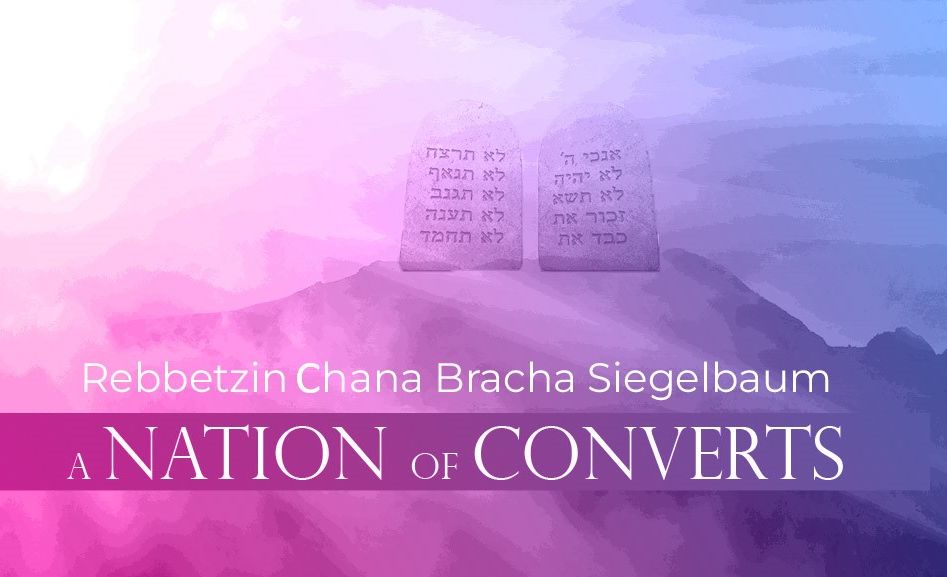


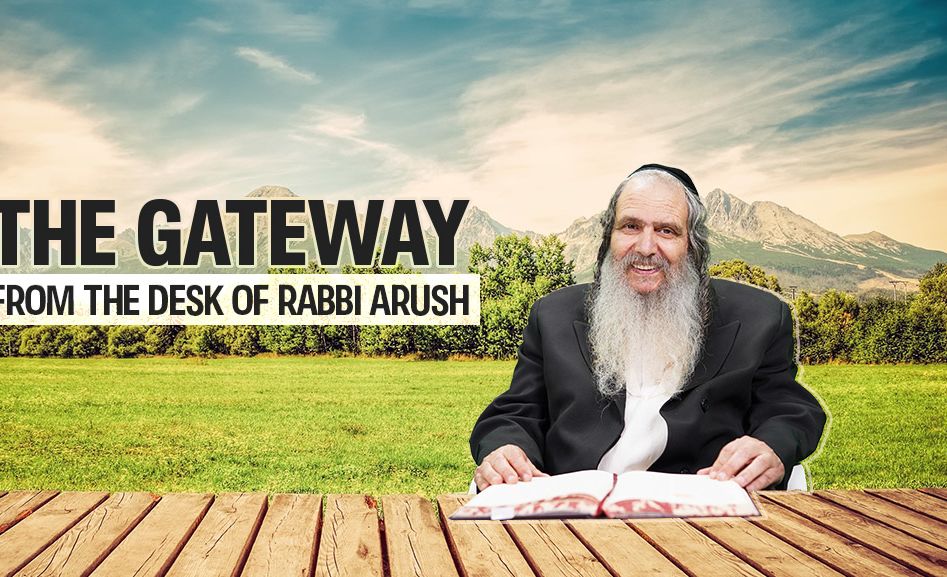
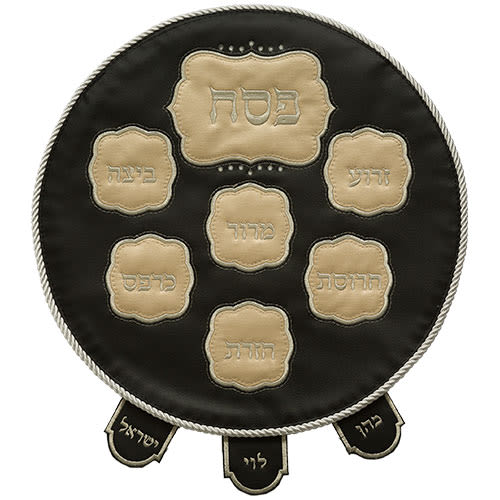
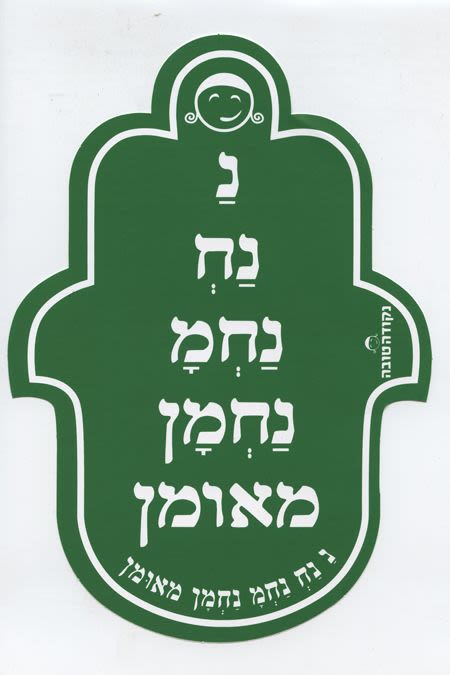
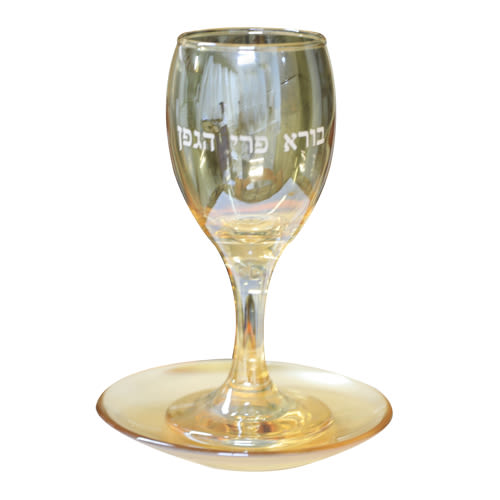
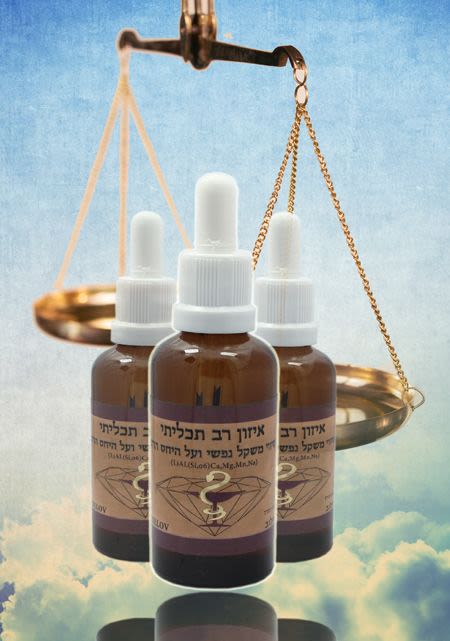

Tell us what you think!
Thank you for your comment!
It will be published after approval by the Editor.